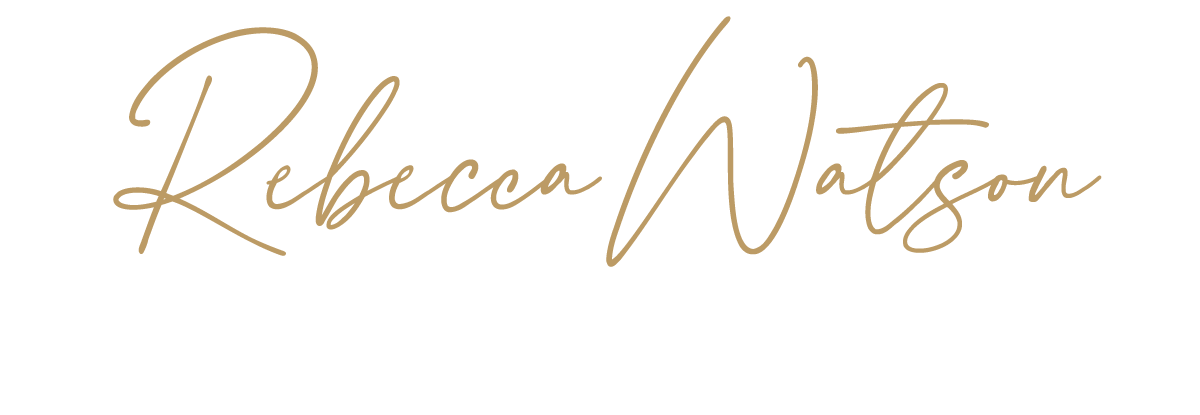Welcome to the wonderfully gobbledegook world of printing terms.
Now, before you leave the page in bewilderment…haven’t you ever wanted to know what us designers work with on a daily basis? If you’ve got that little bit of knowledge, we can have even more constructive conversations. Plus, you can impress your friends and family with words like ‘Pantone’.
So, read on and learn.
I’ve kept this as jargon-free as possible and yes, I have (mostly) embraced brevity because I appreciate that not everyone gets as excited over this stuff as I do!
Resolution and Pixels Per Inch / Dots Per Inch
Resolution has nothing to do with cutting down on your booze intake and everything to do with pixels or dots. Pixels are simply the details contained within an image and resolution is the number of pixels per inch (PPI) or dots per inch (DPI). In layman’s terms, the higher the resolution, the higher the quality of your image. If your image is a little blurry then it’s likely to be low resolution (Lo Res). Similarly, if you print an image that looks great on screen but appears blurry on paper, then that pesky resolution is to blame. The reason for this is that the images you source online have very small pixel dimensions because they don’t need to be large in order to look great on your screen. The absolute ideal resolution for your prints and photos is 300 DPI/PPI.
Bleed
Bleed is the deliberate extension of your design beyond the border of the paper so that when it is cut you will avoid unwanted white lines. The standard bleed is 3mm and any designer worth their salt will ensure that your print job has a bleed. Painless, right?
Pantone Matching System
This is a standardized system of colours for printing. Not an Italian Christmas bread. Or a shampoo. Each and every Pantone shade is numbered, which makes is extremely easy for people to universally identify colours and shades. Did you know that Pantone releases a “colour of the year”? It seriously influences the coming years’ colour trends in design, fashion and art. This year’s colour is PANTONE 16-1546 Living Coral. Luscious!
RGB and CMYK
When it comes to working on brand design it’s important to note that the colours we see on the computer screen will not necessarily look the same on paper. You may have noticed this yourself if you’ve ever created an image that looks stupendous on screen but a bit ‘meh’ in print.
So, if a designer plans to produce a digital image she will generally use the RGB colour mode. And yes, for all you bright sparks out there, that stands for Red, Green and Blue. These three colours are ‘additive’ which means that this magic trio can create any and every colour imaginable.
CMYK / Cyan, Magenta, Yellow, Key is the colour model that is used for printing. CMYK is a subtractive colour, which means that we begin with white and end up with black. The more colour we add, the darker the result.
Designers can opt to simply convert from RGB to CMYK for printing digital designs so that colour sharpness and vibrancy aren’t lost in the process.
If you’re ready to embark on a journey of design discovery then get in touch and we’ll talk pixels and Pantones! hello@rebeccawatsondesign.co.uk

